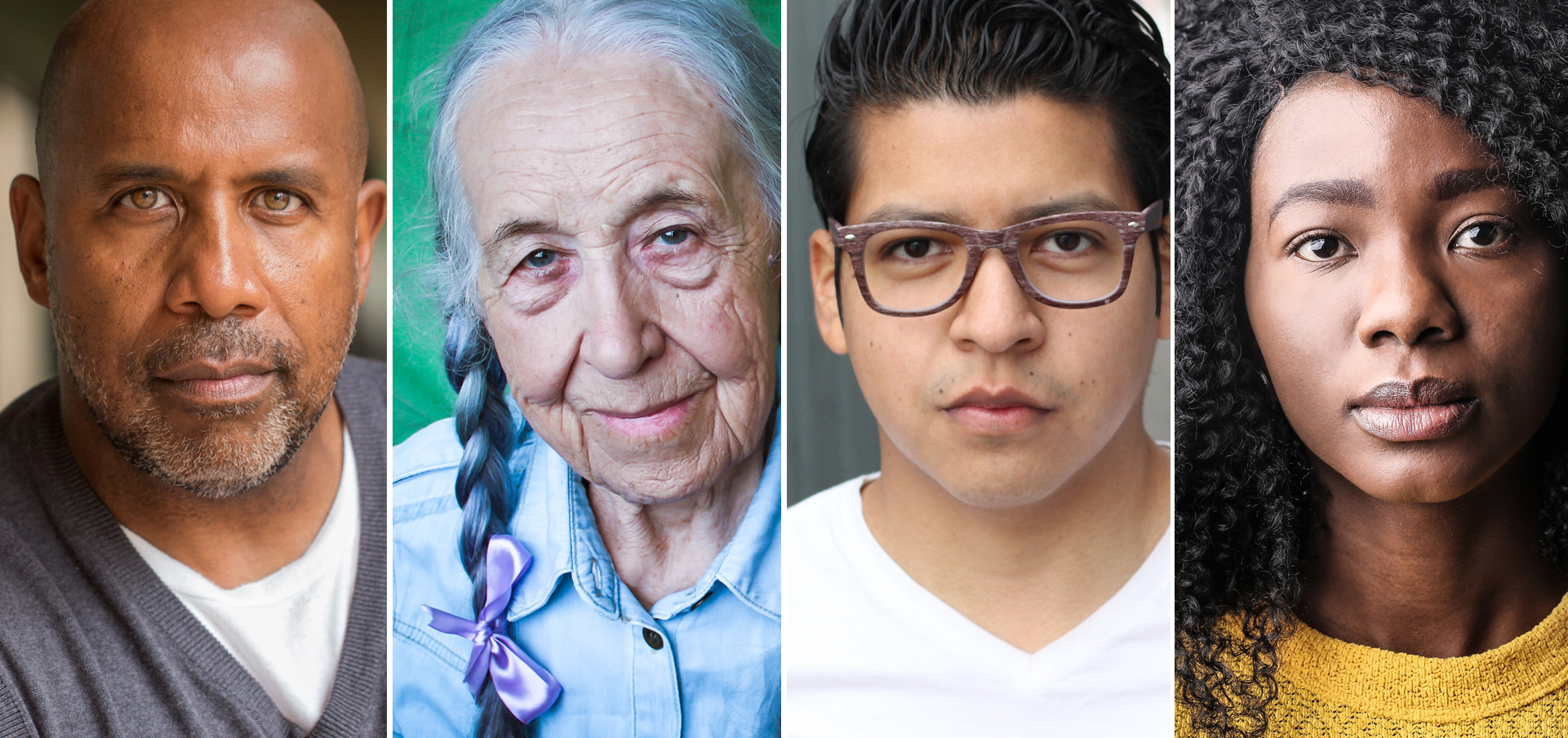
National Institutes of Health
Editors: Judy Johnstone and Lauren Robertson
Contact hours: 7
Expiration date: December 31, 2024
Course price: $19
Course Summary
This course provides you with several review articles that describe the impact of COVID-19 on specific communities and groups: households, African-American communities, Indigenous Peoples and communities, and men. It describes why crowded indoor environments with sustained close contact, such as households, are a particularly high-risk setting. It outlines why African Americans, compared with all other racial/ethnic groups, are more likely to contract COVID-19, be hospitalized for it, and die of the disease. It suggests strategies to promote emergency preparedness during the pandemic among African American churches and discusses why the pandemic has disproportionally affected Indigenous Peoples. Finally, it notes that more men than women are dying of coronavirus disease worldwide, and attempts to understand why.
Criteria for Successful Completion
Study the course material, achieve a score of 80% or higher on the post test (the post test can be repeated if a learner scores less than 80%), complete the course evaluation, and pay where required. No partial credit will be awarded.
Accreditation
To find specific accreditations or approvals, click here.
Course Objectives
When you finish this course you will be able to:
- Name 2 obstacles to reducing vulnerability to COVID-19 in households.
- Cite 4 strategies to prevent household transmissions of COVID-19.
- Name 5 contemporary social factors that have led to African Americans’ lack of access to medical care.
- Discuss 4 strategies that can improve medical services to African American communities.
- Name 2 goals sought by CDC in partnering with African American churches regarding the COVID-19 pandemic.
- Name 3 impediments to survival of COVID-19 in people on tribal lands.
- Identify 5 historically embedded vulnerabilities of tribal peoples in the United States.
- Name 4 factors that may put men at a disproportionate risk for death from COVID-19.
- Name 5 strategies for reducing men’s risk for COVID-19 mortality.
